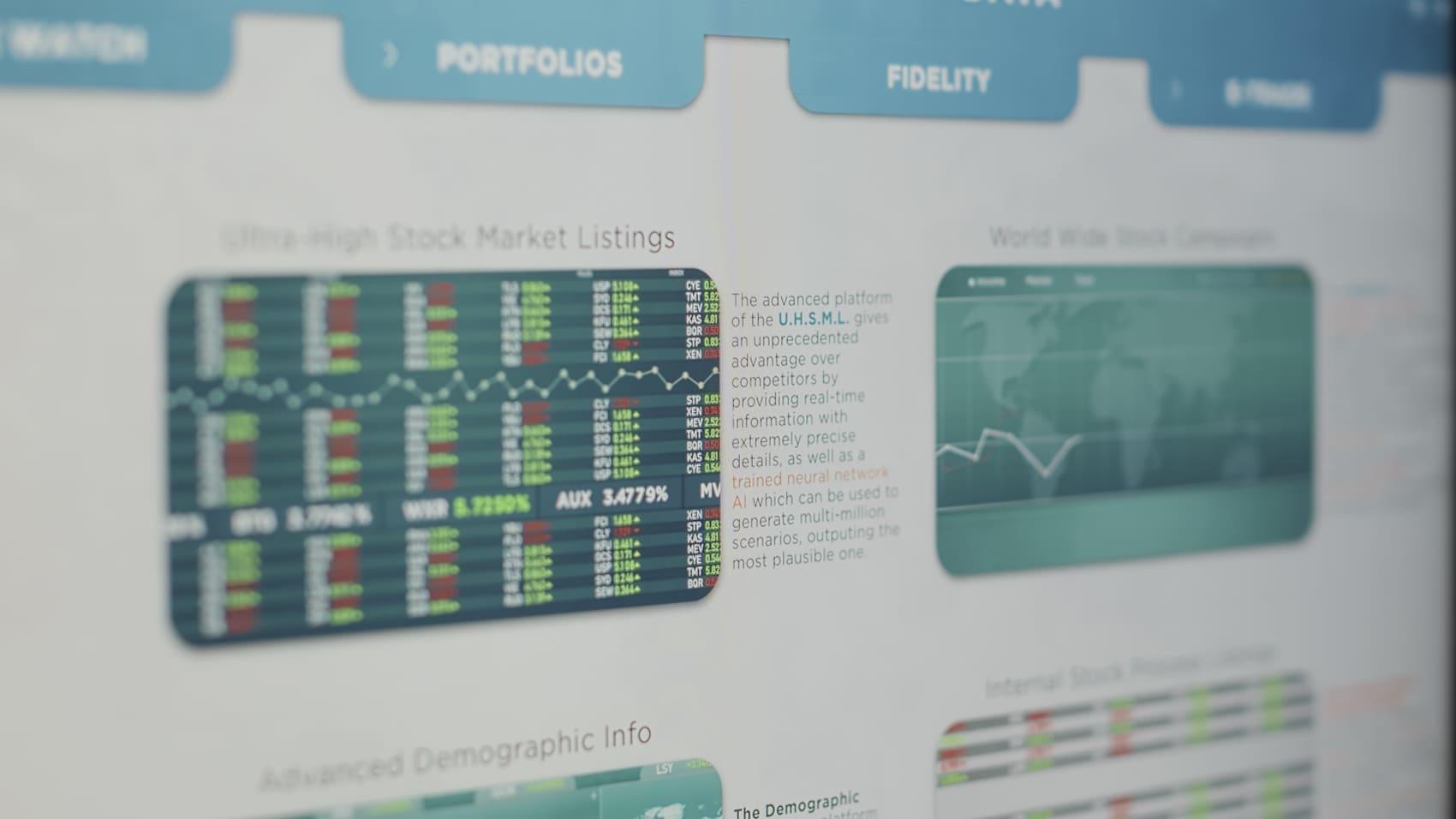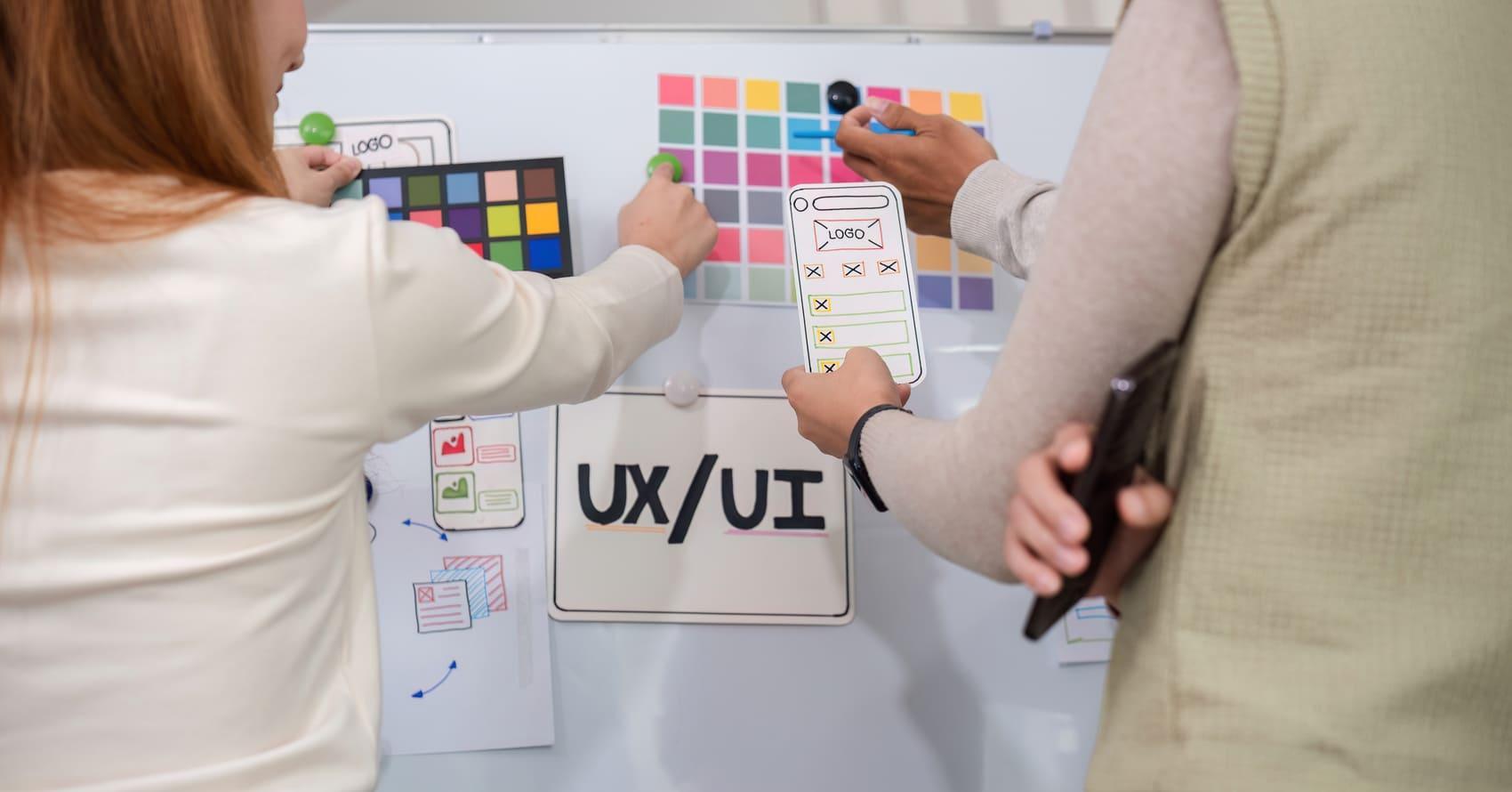
Optimizing Design Workflows: A Strategic Overview
Core Approaches to UI/UX Design
-
Custom Design from Scratch: This method involves building every UI component and interaction uniquely for a project. It offers unparalleled originality and precise alignment with specific brand guidelines, though it demands significant time and resource allocation for development and iteration.
-
Leveraging Generic UI Kits: Utilizing pre-built, general-purpose UI component libraries accelerates initial development. These kits provide a broad range of common elements, suitable for diverse applications, but often require extensive customization to achieve distinct brand identity or industry-specific nuances.
-
Industry-Specific UI Kits: Designed with the unique requirements and conventions of particular sectors in mind, these kits offer specialized components and patterns. They streamline the design process by providing highly relevant solutions out-of-the-box, significantly reducing customization needs and improving user acceptance.
Key Evaluation Criteria for Design Solutions
-
Development Velocity: Assess the speed at which design concepts can be translated into functional interfaces. This includes initial setup time, component availability, and ease of integration into existing workflows.
-
Contextual Relevance & User Experience: Evaluate how well the design system addresses the specific needs, expectations, and conventions of the target audience and industry sector. A strong focus on user experience is paramount.
-
Scalability & Maintainability: Consider the ease with which the design system can expand to accommodate new features or products, and how simple it is to update, manage, and ensure consistency across multiple applications over time.
-
Overall Resource Efficiency: Analyze the total cost of ownership, encompassing initial investment, ongoing design and development efforts, and potential savings from reduced rework or faster market entry.
Comparative Analysis of Design Methodologies
When pursuing a custom design from scratch, teams gain absolute control over every visual and interactive element. This bespoke approach ensures a truly unique brand representation and perfect alignment with niche requirements. However, this level of granularity comes at a substantial cost in terms of time and resources. Each component must be conceptualized, designed, and developed individually, leading to longer project timelines and higher initial outlays. Scalability can also be a challenge, as maintaining consistency across a growing product suite requires diligent effort and robust internal design system governance.
Employing generic UI kits offers a significant advantage in terms of development velocity. These kits provide a foundation of readily available components, allowing designers and developers to assemble interfaces quickly. This efficiency often translates to lower initial resource expenditure. The primary drawback, however, lies in their inherent generality. Such kits may lack the specific elements or design patterns crucial for a particular industry, necessitating considerable customization to achieve appropriate contextual relevance and a distinct user experience. This customization can erode the initial time savings and introduce inconsistencies.
In contrast, industry-specific UI kits, such as those offered by QirnoVenar, are engineered to directly address the unique demands of specialized sectors. These kits accelerate development by providing pre-built components and templates that inherently understand industry conventions, reducing the need for extensive modifications. This precision significantly enhances contextual relevance, ensuring that the user experience feels natural and familiar to the target audience from the outset, thereby fostering greater user satisfaction and adoption.
Regarding scalability and maintainability, custom design systems require dedicated teams to evolve and govern them, which can be resource-intensive. Generic kits, while offering some inherent structure, often become fragmented as they are heavily customized for specific projects, making long-term maintenance complex. Industry-specific kits, however, are typically built with modularity and consistency in mind, making it easier to scale designs across various applications within the same sector and simplify ongoing updates and governance.
From a resource efficiency perspective, while custom design demands the highest upfront and ongoing investment, it can yield unparalleled results for truly unique brand identities. Generic kits offer lower initial costs but can incur hidden expenses through extensive customization and potential rework due to a lack of industry fit. Industry-specific kits provide a compelling balance: their initial investment is offset by dramatically faster development cycles, reduced customization needs, and a higher probability of first-time user acceptance, leading to superior long-term resource efficiency.
Strategic Recommendations for Design System Selection
For projects with tight deadlines and limited resources, where a "good enough" solution is acceptable, generic UI kits can serve as a pragmatic starting point. They enable rapid prototyping and deployment, especially for internal tools or applications where brand distinctiveness is not the primary driver. However, teams must be prepared for potential compromises on specific industry requirements and a more generic user interface that might not fully resonate with a specialized audience.
When the goal is to achieve a highly tailored user experience that deeply resonates with a specific industry, while simultaneously optimizing development timelines and ensuring consistency, industry-specific UI kits are the optimal choice. Solutions like those from QirnoVenar embody best practices for particular sectors, offering components and patterns that users in those fields already understand and expect. This approach not only accelerates design and development but also significantly enhances the overall quality and relevance of the final product.
Ultimately, the selection process should align with the strategic objectives of the project. Consider the target audience's expectations, the competitive landscape, available resources, and the desired speed to market. A thorough assessment of these factors will guide the decision towards the most effective design methodology, ensuring that the final product not only looks good but also performs exceptionally well within its intended ecosystem.
Related Posts
Leave a Reply
Your message will be published after review by moderators.


